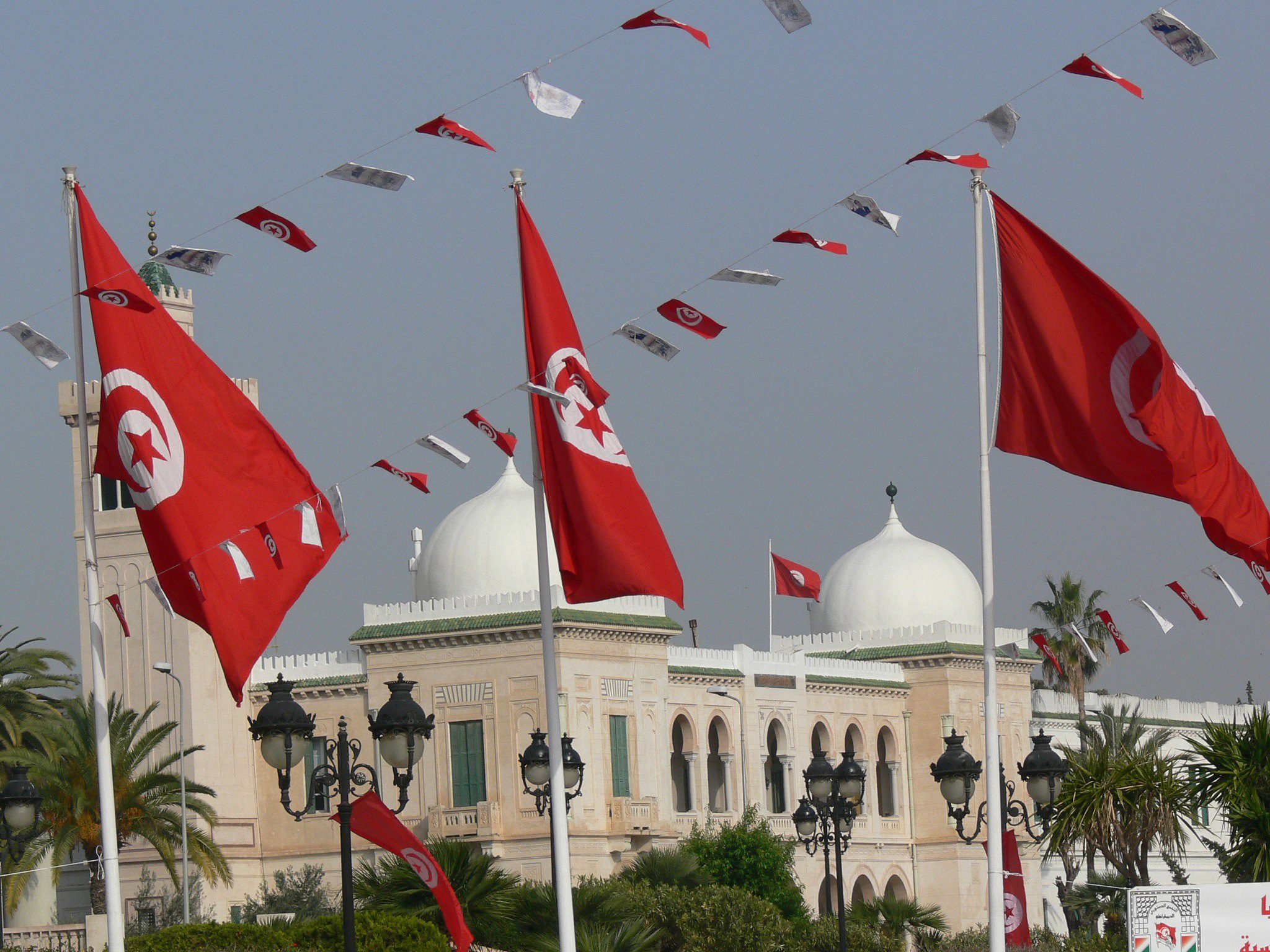Corruption (Mis)Perceptions

Tunis Government Buildings. Credit: Cernavoda International School, Flickr
Policy Context
Every year low- and middle-income countries import goods worth more than $7 trillion, and in many states these shipments must first pass through the hands of corrupt customs officials. With such high stakes, policymakers require a deep understanding of both the causes and the effects of customs fraud. One previously unexplored complexity is that bribe payers and bribe receivers often have repeated interactions; given corruption’s characteristic contracting frictions, counterparty risks, and information asymmetries, these long-running relationships likely matter for a wide variety of outcomes across a wide variety of contexts.
In Tunisia, many business owners and operators overestimate the amount of corruption in their government. For example, a May 2018 Facebook poll showed that approximately 50% of Tunisian businesses paid bribes for their operating licenses. In contrast, the World Bank Enterprise Surveys for the same time period reported the true number as only 5%. These misperceptions are relevant because, if people overestimate bribery, then they may underinvest in profitable activities.
Despite the existing literature on corruption’s economic costs and how bias impacts decision-making, two fundamental questions remain: First, which bribes get misperceived, by how much, and by whom?
Second, do bribery misperceptions affect economic decisions? This study seeks to answer them both, using trade corruption as a laboratory to discover new insights about corruption as a whole.
Study Design
To answer the first question, researchers compare measurements from a corruption-perceptions survey of 500 Tunisians and an audit study in which enumerators record real-world bribe demands. Specifically, researchers incentivize real life bribe-payers to complete high-frequency questionnaires on their naturally occurring interactions with the bureaucracy. They focus on two economic domains tightly linked to business investment and economic growth: (1) passing imports/exports through customs (Trade) and, (2) registering new firms (Startup).
To answer the second question, researchers run a randomized information-treatment experiment among a sample of 700 to determine whether people with more accurate beliefs about bribery are more (or less) likely to make human-capital and financial investments. Researchers first collect the same Bribery Perceptions data collected in the incentivized survey. Then, for treatment subjects, they describe the audit study and share the frequency and magnitude of bribery recorded in the relevant sector; for control subjects, they share placebo
information on another topic. Finally, they collect Bribery Perceptions data again.
Results and Policy Lessons
There are three sets of results. First, researchers show that bribery and tax evasion are widespread, that bribery is collusive (not coercive), and that age (but not gender) predicts officials’ corruptibility. Second, they show that the length of official/trader relationships increases tax evasion but decreases bribe amounts. Third, researchers zoom out to consider the larger macroeconomic implications and show that, in terms of lost tax revenue, bribery costs the Tunisian government 0.7% of GDP or $80 per citizen.

